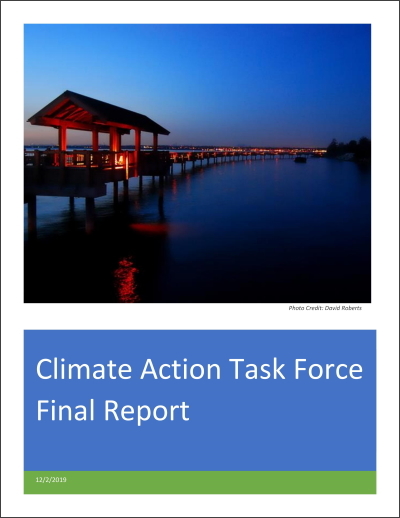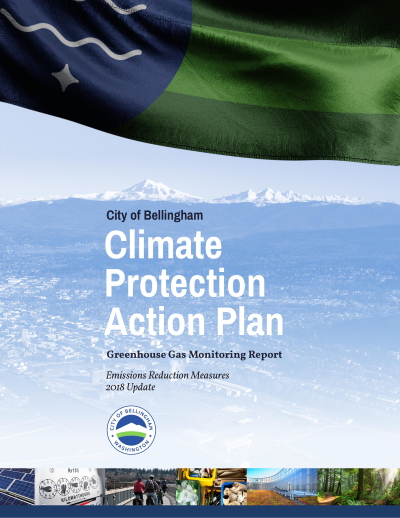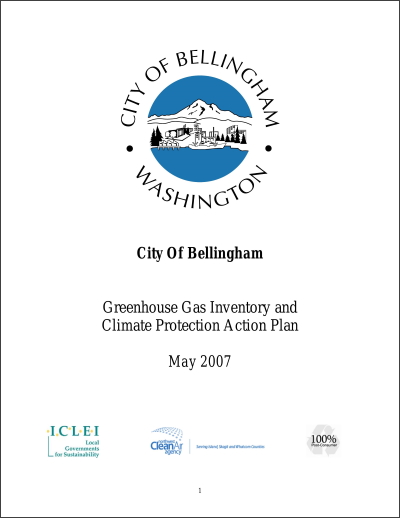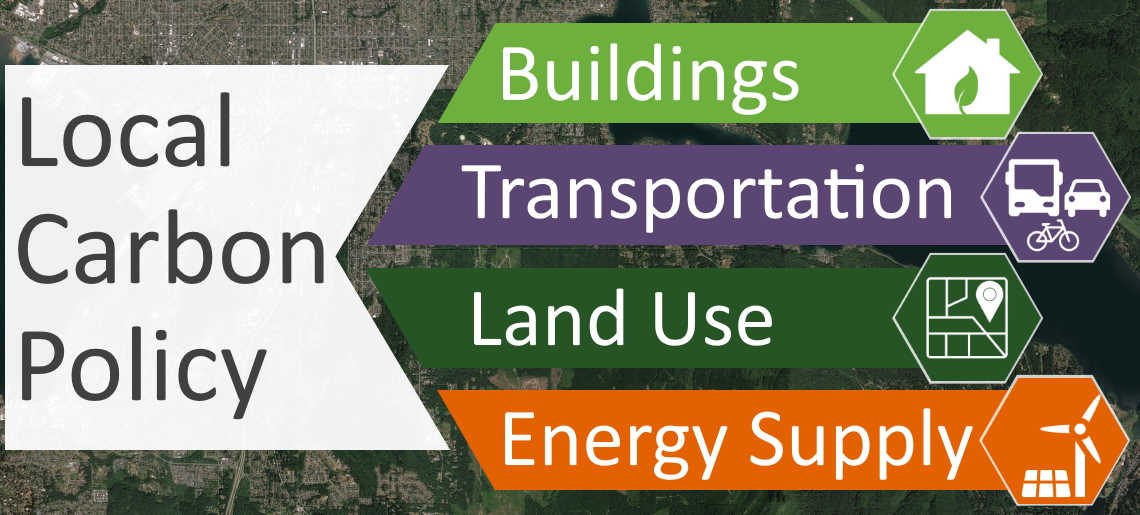
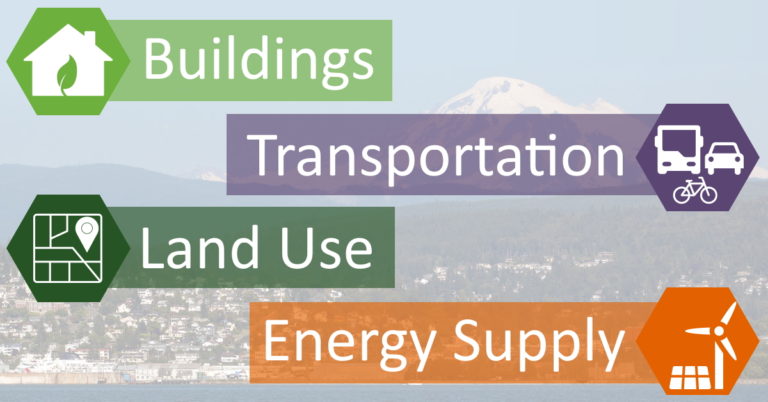
Local Carbon Policy
The United Nations recognizes that cities are both the main cause of greenhouse gas emissions and at the same time, the most affected by climate change. Most cities are situated near water putting them at risk from rising sea levels and storms. However, given their role as hubs of innovation and creativity, the world is also looking to cities for answers. Municipal-led innovations and solutions in areas such as energy, buildings, transportation and land use have the potential to deliver major emission cuts. Recognizing this, many cities have dramatically increased their efforts in recent years to reduce greenhouse gas emissions. For example:
- a growing number of cities have signed the Fossil-Fuel-Free Streets Declaration, which is a pledge to establish emission-free transportation zones by 2030. Cities in the United States and Canada that have signed the declaration include Austin, Birmingham, Honolulu, Los Angeles, Seattle and Vancouver. The preferred way to achieve this goal is by phasing out the sale of new internal combustion engine vehicles
- New York City has approved what is heralded as the largest emissions reduction policy to date by requiring that buildings cut at least 40% of their greenhouse gas emissions by 2030. Considering that buildings account for a whopping 67% of New York City’s greenhouse gas emissions, this is indeed an exciting goal.
- cities throughout the United States have passed legislation that phase out the use of natural gas in buildings. A recent example is Brookline, a city in Massachusetts with a population of approximately 58,000 people. In a landslide vote with overwhelming public support, the city government passed a law that prohibits gas hookups in new homes and in major renovations.
It's time that Bellingham step up to the level of other cities in addressing greenhouse gas emissions. Together we can make it happen!

